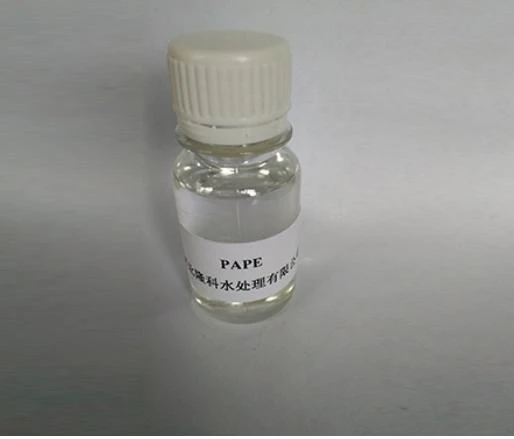what is poly aluminium chloride
What is Poly Aluminium Chloride?
Poly Aluminium Chloride, commonly known as PAC, is an inorganic polymer that is widely used in various industrial applications, particularly in water treatment processes. It is synthesized through the hydrolysis of aluminum chloride and is recognized for its efficiency as a coagulating agent. This article will explore the composition, production methods, applications, and advantages of Poly Aluminium Chloride.
Introduction to Poly Aluminium Chloride
Poly Aluminium Chloride is a white or yellowish powder that is soluble in water. Its chemical formula can range, but it generally has the following composition [Al2(OH)nCl6-n]m. The prefix poly indicates that the compound consists of multiple aluminum ions linked through hydroxyl groups. This polymeric structure enhances its performance as a coagulant, making it invaluable in various industries.
Production of Poly Aluminium Chloride
The production process of PAC can be carried out through several methods. The most common involves mixing aluminum hydroxide with hydrochloric acid, which leads to the formulation of aluminum chloride. This solution is then subjected to hydrolysis by adding water, resulting in the formation of Poly Aluminium Chloride. Additionally, the production can occur through direct reaction between aluminum metal and chlorine gas. The specific methodology might vary depending on the desired characteristics of the final product, such as its molecular weight and charge.
Applications of Poly Aluminium Chloride
1. Water Treatment One of the primary applications of PAC is in water treatment facilities. It acts effectively as a coagulant to remove suspended solids, organic matter, and other impurities from water, leading to clearer and safer drinking water. Its performance in reducing turbidity is superior to traditional coagulants like aluminum sulfate, particularly in low-temperature water treatment processes.
2. Sewage Treatment In sewage treatment plants, PAC helps in the clarification and purification of wastewater. It facilitates the aggregation of particulates, which are then easily removed, thereby improving the treatment process and ensuring compliance with environmental regulations.
what is poly aluminium chloride

3. Paper Manufacturing PAC is used in the paper industry as a retention aid and a coagulant. It enhances the retention of fibers, fillers, and fine particles during the papermaking process, influencing the quality and strength of the final product.
4. Food Processing In the food industry, especially in the production of beverages, PAC can be used as a clarifying agent. It aids in the removal of impurities from juice and wine, enhancing the visual appearance and taste by ensuring clarity.
5. Cosmetics and Personal Care Products Due to its properties as a flocculant and stabilizer, PAC finds use in various cosmetic formulations. It helps stabilize emulsions, ensuring that products maintain their consistency and effectiveness over time.
Advantages of Poly Aluminium Chloride
The use of Poly Aluminium Chloride offers several significant advantages compared to traditional coagulants
- Higher Efficiency PAC provides higher coagulation and flocculation performance, leading to faster and more effective removal of impurities. - Wide pH Range Unlike some coagulants that work effectively only in specific pH ranges, PAC is effective across a broad spectrum. - Reduced Sludge Production The use of PAC often results in lower volumes of sludge compared to other coagulants, making disposal easier and more cost-effective. - Cost-Effectiveness Although the initial investment may vary, the overall operational costs can be lower due to the efficiency of PAC in performing multiple roles.
Conclusion
Poly Aluminium Chloride is a versatile and highly effective chemical compound with a wide range of applications across various industries. Its role in water treatment, sewage management, and many other sectors underscores its importance in modern environmental management and industrial processes. By combining efficiency with cost-effectiveness, PAC continues to gain recognition as a superior alternative to traditional coagulants, paving the way for cleaner water and improved industrial practices.
-
LK-319 Special Scale And Corrosion Inhibitor For Steel Plants: Advanced Solutions for Industrial Water SystemsNewsAug.22,2025
-
Flocculant Water Treatment: Essential Chemical Solutions for Purification ProcessesNewsAug.22,2025
-
Isothiazolinones: Versatile Microbial Control Agents for Industrial and Consumer ApplicationsNewsAug.22,2025
-
Scale Inhibitor: Key Solutions for Water System Scale PreventionNewsAug.22,2025
-
Organophosphonates: Versatile Scale Inhibitors for Industrial Water SystemsNewsAug.22,2025
-
Scale and Corrosion Inhibitor: Essential Chemical Solutions for Water System MaintenanceNewsAug.22,2025





